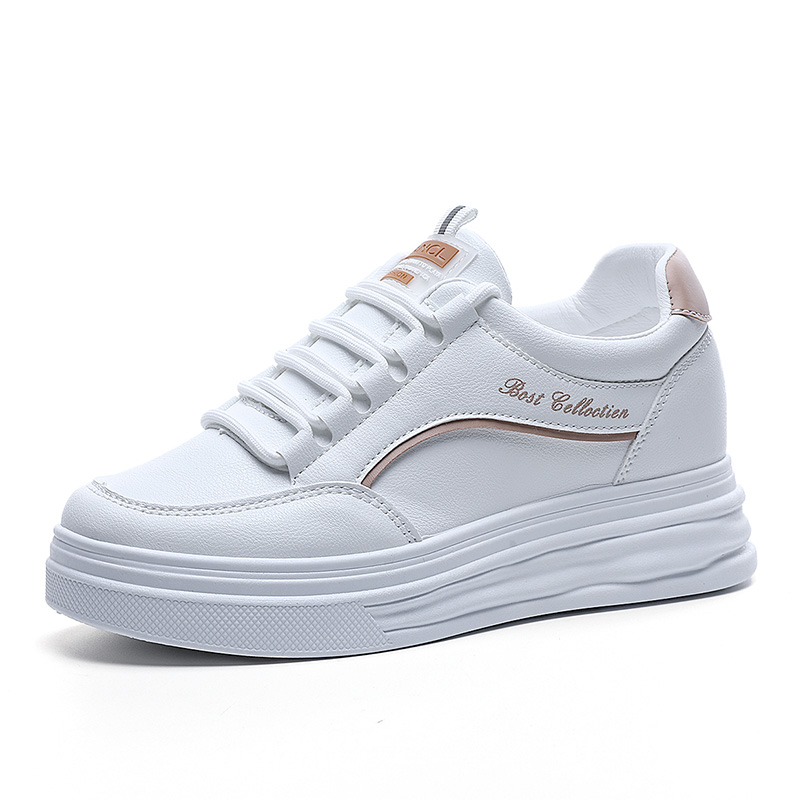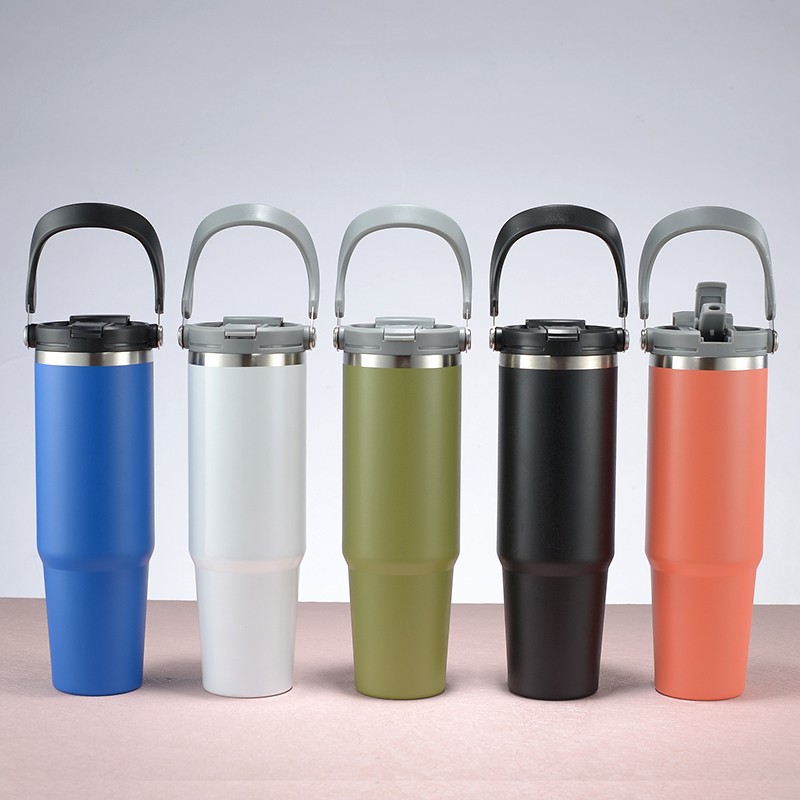Illuminating Your Vision: Strategic Lighting Placement in Photography
When it comes to photography, lighting is not just an accessory; it is the very essence that shapes the mood, depth, and clarity of an image. Understanding where to place lighting in photography can significantly enhance your work, whether you are shooting portraits, landscapes, or product photography. This article delves into the intricacies of lighting placement, offering practical insights and advanced techniques to elevate your photographic endeavors.
The Fundamentals of Lighting in Photography
Before diving into specific placements, it’s essential to grasp the fundamental types of lighting used in photography:
- Natural Light: This is the light provided by the sun, which can vary in intensity and color temperature throughout the day. Photographers often utilize the golden hour—shortly after sunrise and before sunset—when the light is soft and warm.
- Artificial Light: This includes any man-made light sources, such as strobes, LED panels, and continuous lights. Each type has its unique characteristics and can be manipulated to achieve different effects.
- Ambient Light: This is the existing light in a scene before any additional lighting is introduced. Understanding ambient light is crucial for balancing exposure and achieving a natural look.
Key Considerations for Lighting Placement
- Direction of Light
The direction from which light hits your subject can dramatically alter the perception of depth and texture. Here are some common placements:
- Front Lighting: Placing the light source directly in front of the subject minimizes shadows and creates a flat look. This is ideal for product photography where detail is paramount.
- Side Lighting: Positioning the light to the side of the subject enhances texture and dimension. This technique is particularly effective in portrait photography, as it creates dramatic shadows that add depth to facial features.
- Back Lighting: When the light source is behind the subject, it can create a halo effect and emphasize outlines. This is often used in silhouette photography or to create a dreamy atmosphere in portraits.
- Height and Angle of Light
The height and angle at which light is placed can also influence the outcome of your images:
- High Angle: Lighting from above can create shadows that mimic natural sunlight, adding realism to outdoor shots. However, it can also lead to unflattering shadows under the eyes in portraits.
- Low Angle: Lighting from below can produce eerie or dramatic effects, often used in horror or fantasy photography. It’s crucial to use this technique sparingly and with intention.
- Distance from Subject
The distance between the light source and the subject affects both the intensity and quality of light:
- Close Proximity: When the light is close, it becomes softer and more diffused, which is ideal for portraits. Softboxes or diffusers can enhance this effect, reducing harsh shadows.
- Farther Away: A distant light source creates harder shadows and a more dramatic effect. This is useful in landscape photography to create stark contrasts and highlight specific elements within the scene.
Advanced Techniques for Lighting Placement
- Three-Point Lighting
This classic technique involves using three light sources: key light, fill light, and back light. The key light is the primary source, while the fill light softens shadows, and the back light adds depth. This setup is particularly effective in portrait photography, providing a balanced and professional look.
- Using Reflectors
Reflectors can be strategically placed to bounce light back onto the subject, filling in shadows without introducing additional light sources. This technique is especially useful in outdoor settings where natural light can be harsh.
- Color Temperature and Gels
Understanding color temperature is crucial for achieving the desired mood in your photographs. Using gels on your lights can help match the color temperature of ambient light or create artistic effects. For instance, warming gels can enhance the golden hour effect, while cool gels can evoke a more clinical or modern feel.
Conclusion
Mastering the placement of lighting in photography is an art that requires practice, experimentation, and a keen eye for detail. By understanding the fundamentals of light direction, height, angle, and distance, as well as employing advanced techniques like three-point lighting and reflectors, photographers can create stunning images that resonate with viewers. Remember, the goal is not just to illuminate but to tell a story through light. So, the next time you pick up your camera, consider how strategic lighting placement can transform your vision into a captivating reality.


